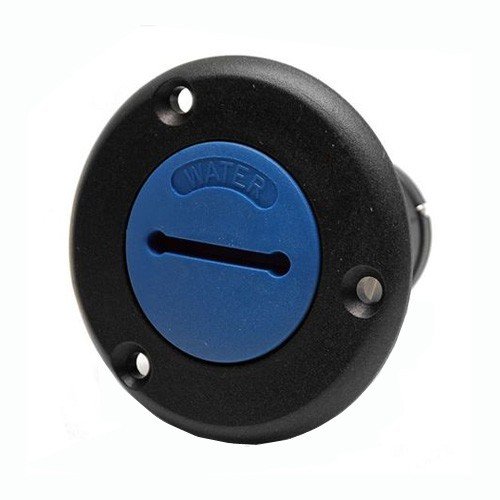Spaceman Spiff
Well-known member
- Joined
- Apr 5, 2014
- Messages
- 2,650
- Reaction score
- 655
Stanvan said:. . . A catalytic heater is does not produce CO, but it does consume oxygen (the propane does as well).
Weight said:Catalytic propane will produce CO in a low oxygen atmosphere. ANY flame produces CO in the right conditions!
John61CT said:Yes, just less, not none . . .
Stanvan said:Science disagrees. There are no oxides produced in the catalytic process. CO only occurs when actual flame is present(during start up). Once the flame is out, no CO.
You have me confused (not hard).
Heat is produced by the combination of propane and oxygen in the air:
2 C3H8 + 10 O2 --> 6 CO2 + 8 H2O + heat
Take away one oxygen molecule:
2 C3H8 + 9 O2 --> 4 CO2 + 2 CO + 8 H2O + heat
So if a catalytic heater produces less or no CO in a reduced oxygen atmosphere, what happens to the extra carbon? Soot? It doesn't just disappear.











































































